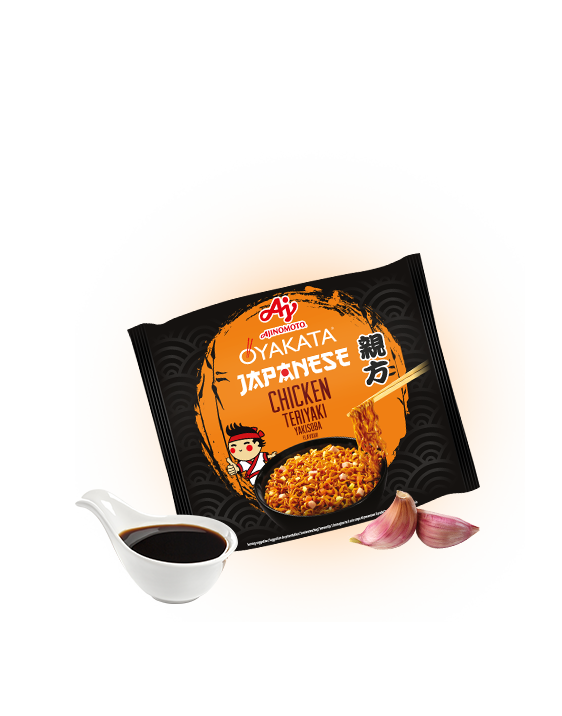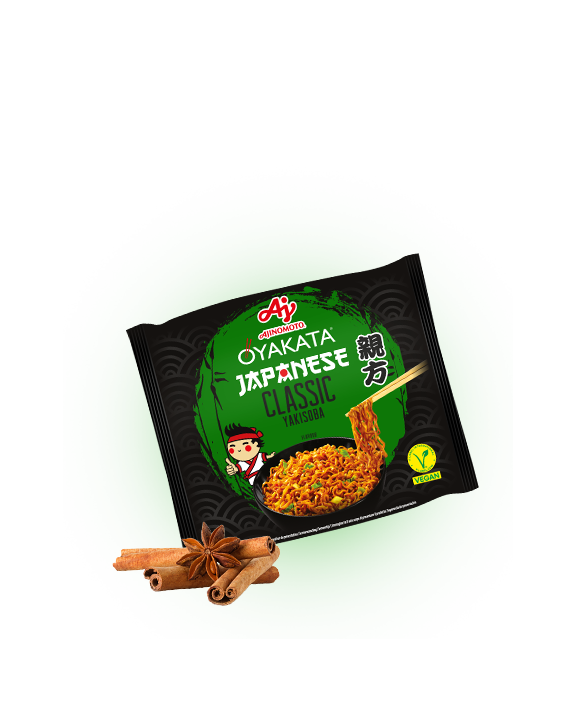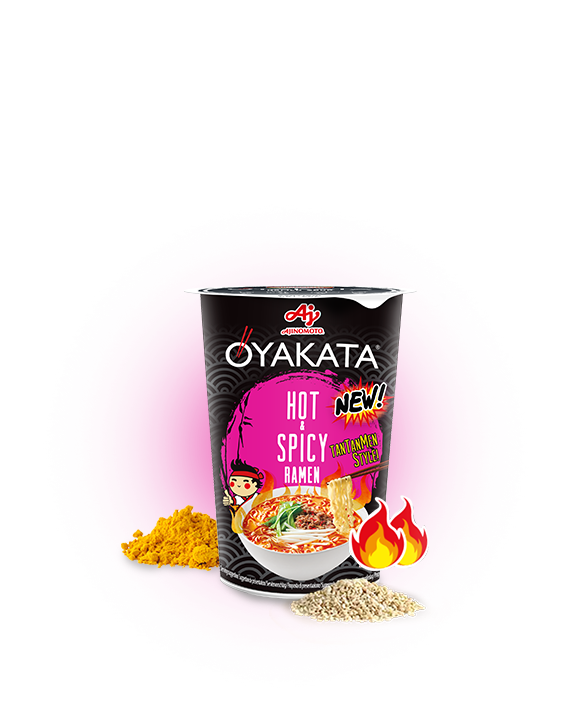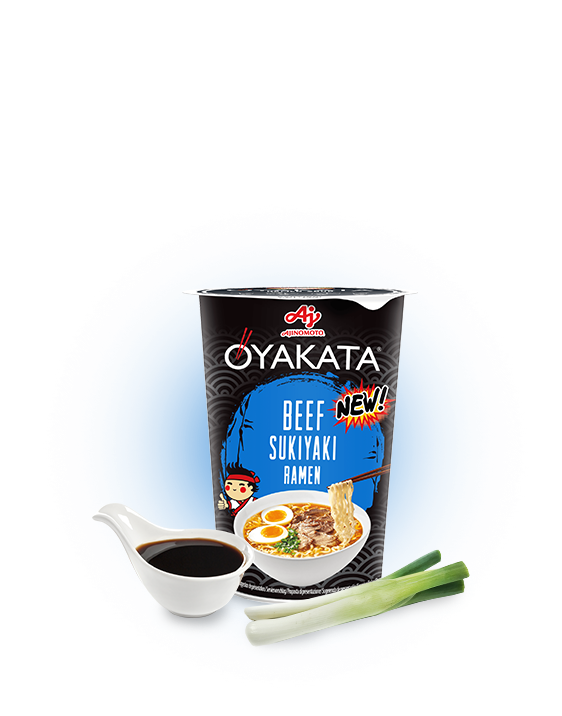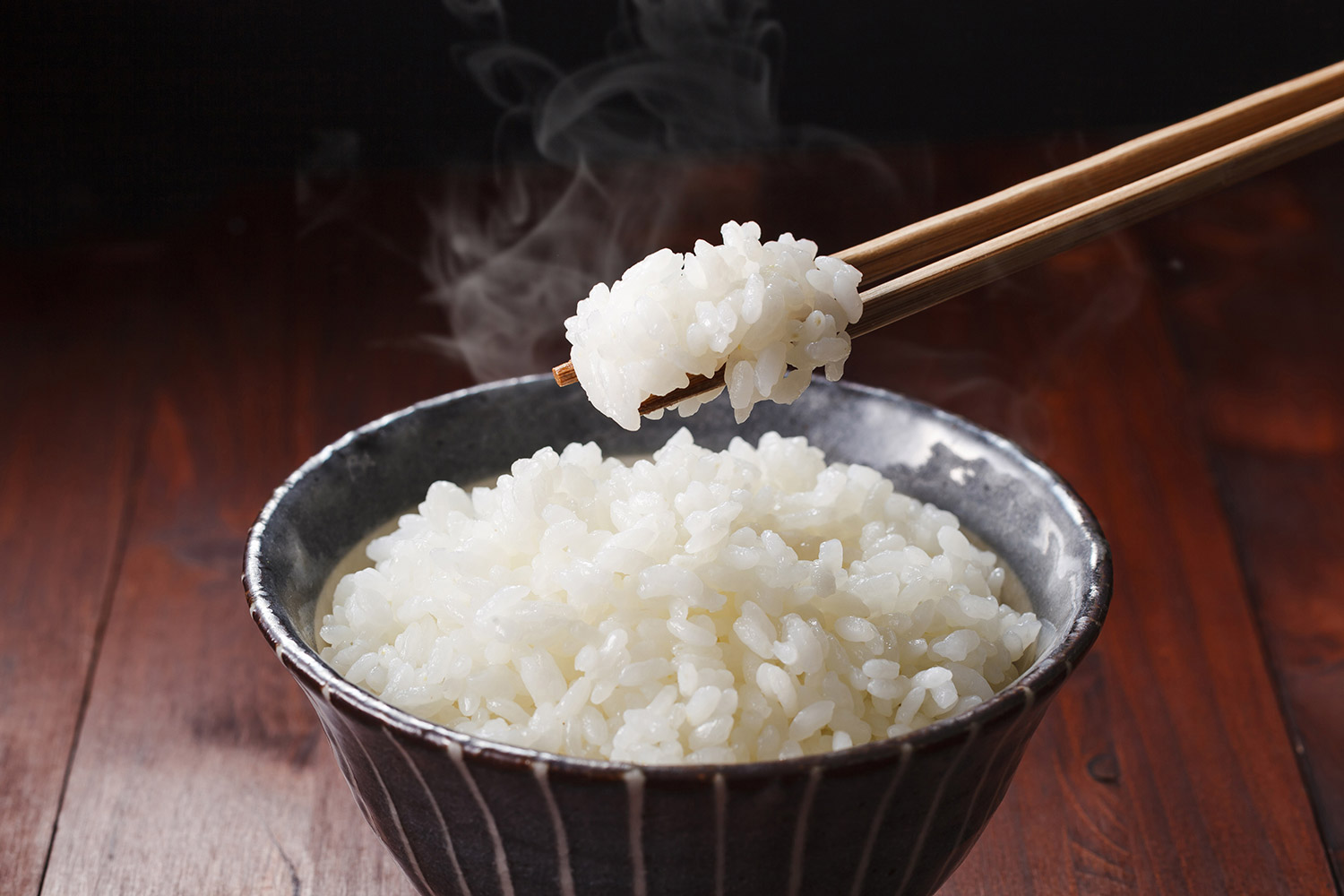

MASTER'S BOOK
RICE – STAPLE IN JAPANESE CUISINE
Rice in Japanese cuisine
Rice can easily be called the base of Japanese cuisine. The Japanese eat this grain with almost every dish. The residents of the Land of the Rising Sun eat it for breakfast, lunch and dinner. The expression “gohan desu yo” is a Japanese invitation to the table. However, it can be literally translated as “It’s cooked rice”. As you can see, even on the language level, rice has a special place in Japanese tradition. Japanese rice is the so-called “japonica rice” – its grains are shorter and rounder, and it is very glutinous and glossy.
How do the Japanese cook their rice?
Japan is known for its table manners. Therefore, if you want to eat rice like a true Japanese person, you need to stick to a few simple rules:
- Do not mix different varieties of rice.
- Use the appropriate amount of water for the amount of rice you are cooking.
- Before cooking, rinse the rice with running water until the water is no longer cloudy.
- Remove damaged grains and use a pot with an air-tight lid.
- The correct proportions are: 1.25 cup water for each cup of rice.
- Cook with the lid on over medium heat for about 20 minutes.
- After the rice is cooked, leave the lid on for about 10 more minutes.
Rice cooker
The Japanese invented a smart way to quickly cook their rice. Japanese households cannot do without a suihanki – a kitchen appliance specifically for cooking rice. Add rinsed rice, pour in water, press start, and the appliance will do the rest. After about thirty minutes, the rice is ready to be eaten.
How is rice cultivated in Japan?
Rice has been a staple grain in Japanese agriculture for many years. Nowadays, rice fields are being supplanted by other crops. The Japanese cultivate a number of rice varieties – including koshikihari, mochigome (used for making mochi) and genmai (brown rice). Near the city of Niigata, you can find a unique treat called sazazushi – a snack made with rice and osembei crackers served on bamboo leaves with sake. Rice in Japan is cultivated on rice fields, which, due to their distinct appearance, have themselves become a tourist attraction.
Japanese rice fields
Rice fields can be found all across Japan. The Niigata prefecture boasts a particularly high number of them, and rice fields can be found both near the Sea of Japan as well as in the highlands and approaching mountainous areas. The rice grown there is called koshikikari. Especially popular among tourists are terraced fields, especially in spring when sunlight is reflected from the surface of the water, making for a sight to behold. The Japanese have even compiled a list of a hundred most beautiful fields, called hyakusen no tanada. Noteworthy entries on this list are Kitsunezuka no tanada, Gimyo no tanada, Matsudai no tanada and Hoshitoge no tanada.
Natural treasure
Rice is a symbol of Japan. Not only has it become a staple in Japanese cuisine, but an economic treasure as well – rice cultivation is the backbone of Japanese agriculture, and the uniquely-looking rice fields make for a tourist attraction like no other.
